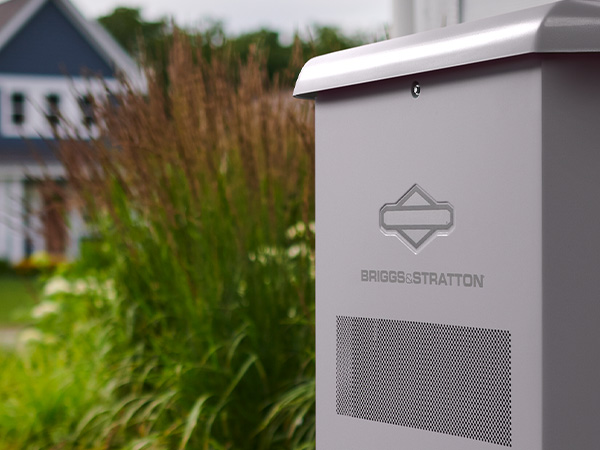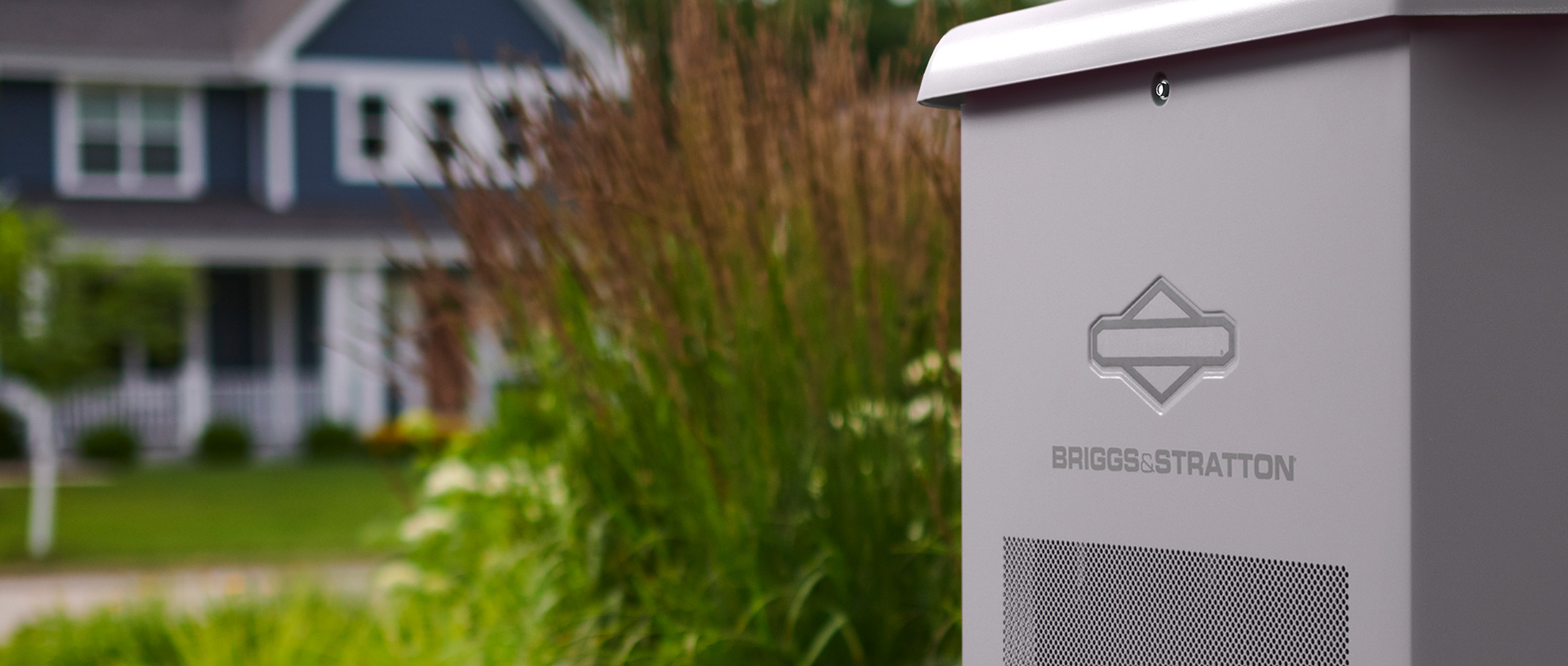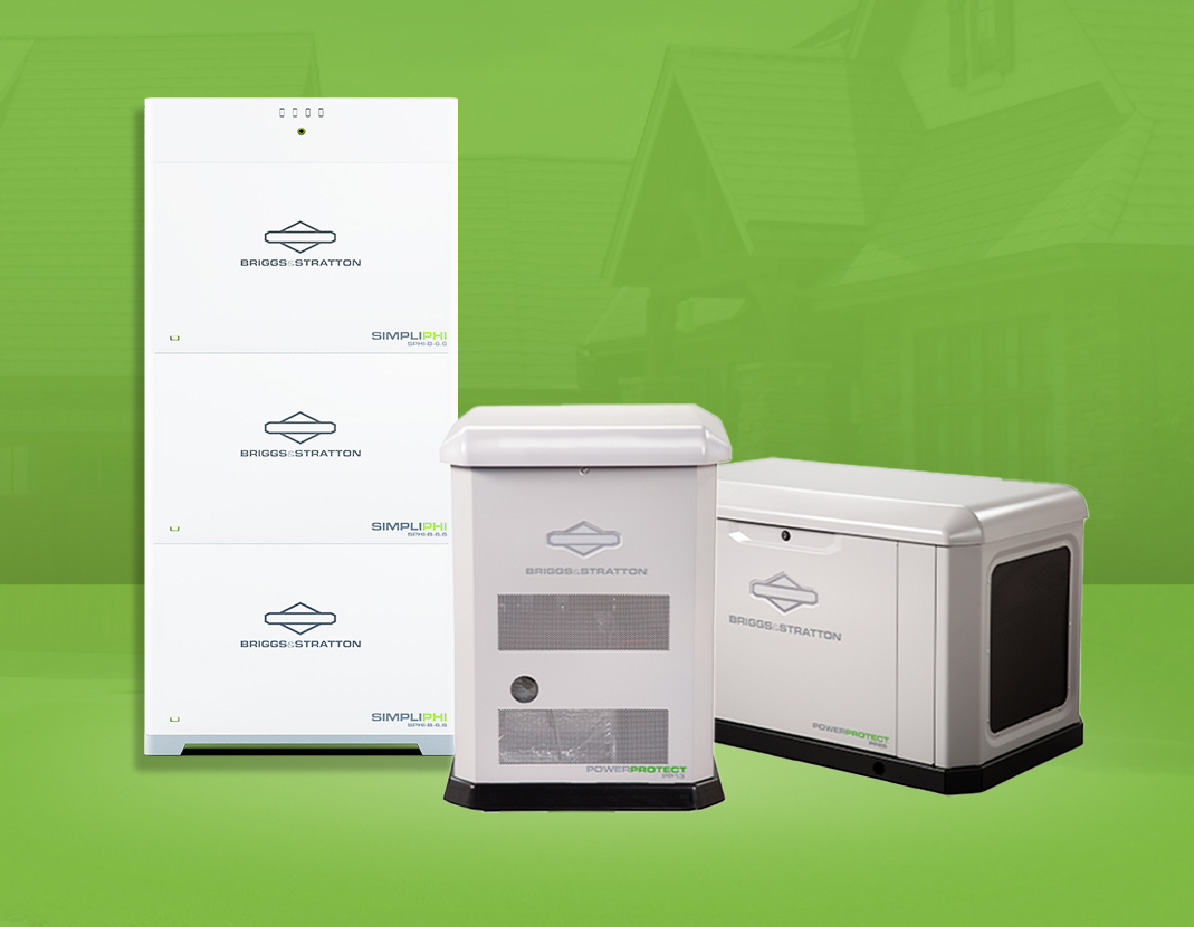Home generators are an ideal backup power option, but how do they work? Backup home generators — also called standby generators — are permanently installed on your property. They are connected to either a natural gas utility line or liquid propane tanks to power your home when a power outage occurs. A backup home generator package solution includes a standby generator and an automatic transfer switch.
An automatic transfer switch (ATS) is connected to the home’s electrical panel. The unique controls enable the ATS and electrical panel to work together to manage the backup power needs of the entire home. The ATS constantly monitors the home’s connection to utility power and recognizes when power is lost from the utility line.
When the ATS determines power is lost, it automatically powers on the generator. This entire process — from the ATS detecting lost power to the generator powering on — takes less than 20 seconds. All standby generators are automatic, making their use seamless and worry-free compared to other options. Once your backup home generator is running and powering your homes needs it will continue to provide power unless the utility power is brought back. Your ATS will recognize the utility power is restored and switch the generator off.
All standby generators are automatic, making their use seamless and worry-free compared to other options.
In addition to the generator and ATS, there are also power management options to help keep the generator from being overworked.
For select-circuit or whole home generator installations, there is no other interaction done with your backup power system. However, if you have a power management system installed and are operating a managed home, you may take additional steps during an outage depending on your needs.
One power management option is the Amplify power management system. This system lets you actively control and monitor the generator right from your smartphone using the Standby Generator Management app. This means that once your power goes out, you can use the system to monitor the generator and how it is running no matter where you are, home or away. During an outage, the app lets you communicate with your generator, which works with the transfer switch so you can even switch power from one circuit to another as needed. With up to 32 high-wattage appliances connected, this system offers more flexibility and control over your space while still protecting against overloading.
Another power management system option is the Symphony II Transfer Switch. It automatically manages the distribution of power for you by communicating with your generator and your home’s wiring. If you have the Symphony II transfer switch, then you select up to eight high-wattage appliances and prioritize them to set the system up. Then Symphony II powers the appliances you need in that order, ensuring the system won't overload and shut down. When you stop using certain appliances or shut them off, other appliances will kick in. For example: If you’re using a dishwasher and a stove, the air conditioning unit may not be on. But once you shut those appliances off, the air conditioner will kick on in seconds.
With all these options, home generators of any size can be customizable to fit your needs. From the moment your power goes out to the moment it is restored, your generator will be working hard to give you the power you need. Whether installed at a small or extra-large home, your home generator will turn on within seconds of a power outage, making sure you don’t miss a beat.

Ready to start protecting your home?
Our Whole-House Generator Sizing Calculator allows you to select what you want to power in your home and directs you to the appropriate-sized generator system.




